The benefits of running slowly
After Cambridge Half Marathon I tweeted: “To anyone scared to run slow, I do a lot of my miles at 10:00+ min/mile pace and today ran 7:44/mile for 13.1. Don’t be afraid to slow down.”
While I did a weekly threshold run and some shorter intervals, much of my training miles were clocked up at a pace much slower than my race pace.
Slow or ‘easy’ runs are a commonly misunderstood element of training. They’re the part of the plan that some runners get wrong by ignoring the pace or perceived effort level they’ve been told to run at, thinking instead that if 10 minute miles are good, 9 minute miles must be better right? Wrong.
Why that’s wrong is a big topic and I’ve tied to keep this as simple and brief as possible. Here goes…
A better running body
Running slowly encourages more mitochondria to develop in your cells, and promotes bigger mitochondria. This is a very important adaptation as these little fellas are where the energy in fat and glycogen (carbs) gets turned into something your body can use to run (ATP).
It also encourages greater capillary density, so oxygen can get to the cells of your exercising muscles more readily. It helps improve your VO2 max (how much oxygen your body can transport and use while running), and develops a better running economy (how fast you can run at a set amount of oxygen). All good stuff.
Better fat burning
This isn’t a weight-loss thing, so don’t think that it doesn’t apply to you because you’re not interested in losing weight. This is a fueling thing – as in what fuel your body uses to run.
Very simply, your body runs on both fat and glycogen (from carbs) – just like your house might be powered by both gas and electric. The percentage of fat and glycogen that are powering you at any given minute will depend on the intensity of your activity. So sitting down reading this, you’re powered more by fat, but stand up and jump up and down for a few seconds and more glycogen will come into play.
You might flick the kettle on and use electric to heat enough water for a cup of tea but it’s not the most efficient way to fill a bath. For that you need your gas boiler.
Running at an easy pace teaches your body to burn fat over glycogen for fuel. Which is handy because even a slim person has enough body fat to power them through 500 miles of running, but running on glycogen alone they’d struggle to get much beyond a half marathon.
More miles and fun miles
You can’t so all your miles at break-neck speed. Running some of your runs slow allows you to increase your training volume (number of miles per week) with less risk of injury and burn-out. The figure commonly banded around right now is 80/20, so you run easy 80% of the time and run fast (so your higher intensity runs including speedwork and tempo runs) 20% of your schedule. I think this is a little prescriptive for every level of runner, but it gives you an idea.
One of the biggest benefits of running slower (for me) which has nothing to do with physiological adaptations is that I have more fun running slowly sometimes. I’m able to run with slower runner, I’m able to potter along and enjoy the scenery and I’m able to chill out – and we all need more of those runs in our week. It’s good to know that they’re providing some training benefit too though.
How slow is slow?
Speed is relative, so while my ‘slow’ miles are around 10 mins/mile, to another runner this would be their goal 5k pace, but my 5k pace is probably a cool-down for faster athletes. As a rough guide though, I’d say that easy runs should be 1-2 mins slower per mile than marathon pace. For those targeting shorter races it’s a couple of minutes pre mile slower than race pace, you should feel comfortable holding a conversation while running and not out of breath.
‘The Strava problem’
We’re impatient. We want to see improvements in our running straight away and we worry that training isn’t working. It’s understandable. 12 or 16 weeks is a long time to work towards a race, but your training cycle is that long for a reason – because that’s how long it takes your body to peak. Trust the process.
It’s tempting to test yourself, to go out and try to run at race pace more than you’re supposed to, to try to get a parkrun PB on a Saturday morning when that’s not in your plan or to try and get a few Strava segments when you’re out on your easy run. And then there’s the competitive element between runners – “my friends follow me on Strava, I must run a bit faster so they don’t think I’m slow”. Forget it all.
I quite proudly log my 11 minute miles on Strava, and I don’t care who sees it. In fact, I think it’s important for my runners to be able to see the variation in speeds that I run throughout the week so they know that I’m practicing what I preach. So when I say that there were a lot of 10 min miles that went into training for that 1:41 half marathon, you don’t have to just take my word for it. You can see the data.
Check out my Training Guides for easy to follow plans across a range of distances.
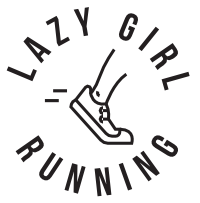
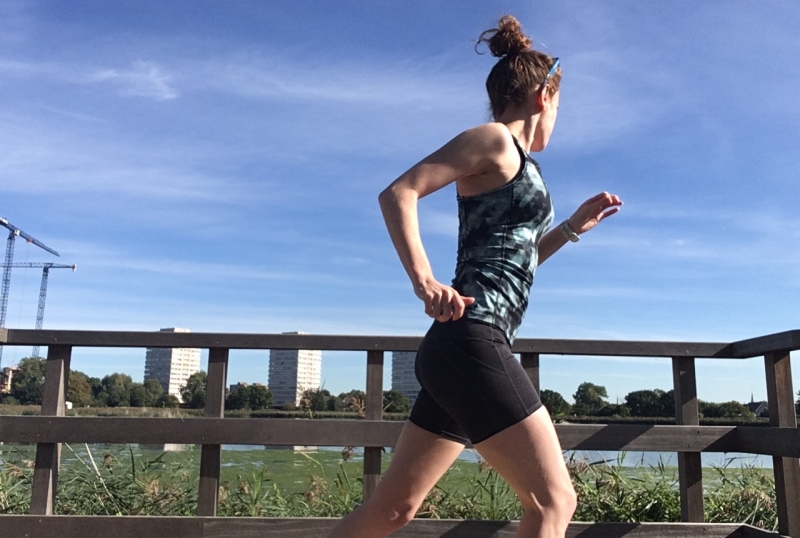
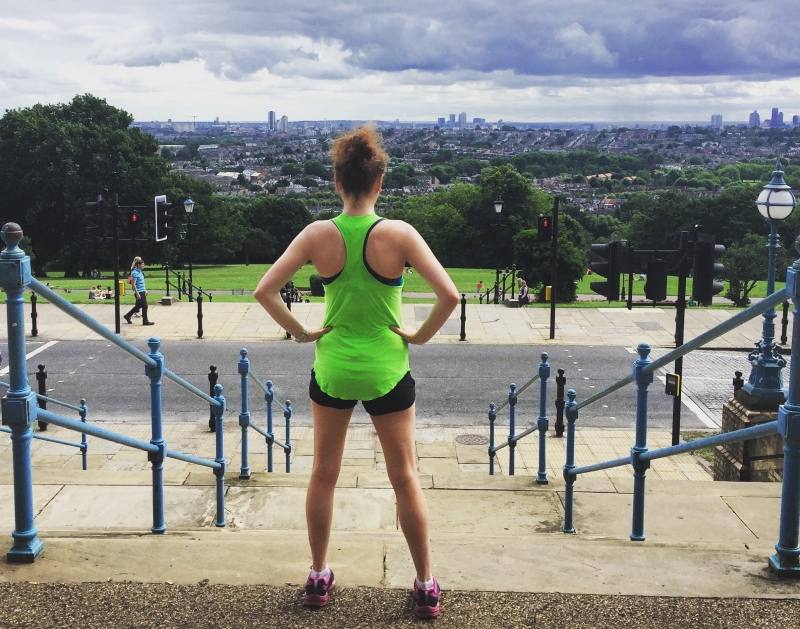
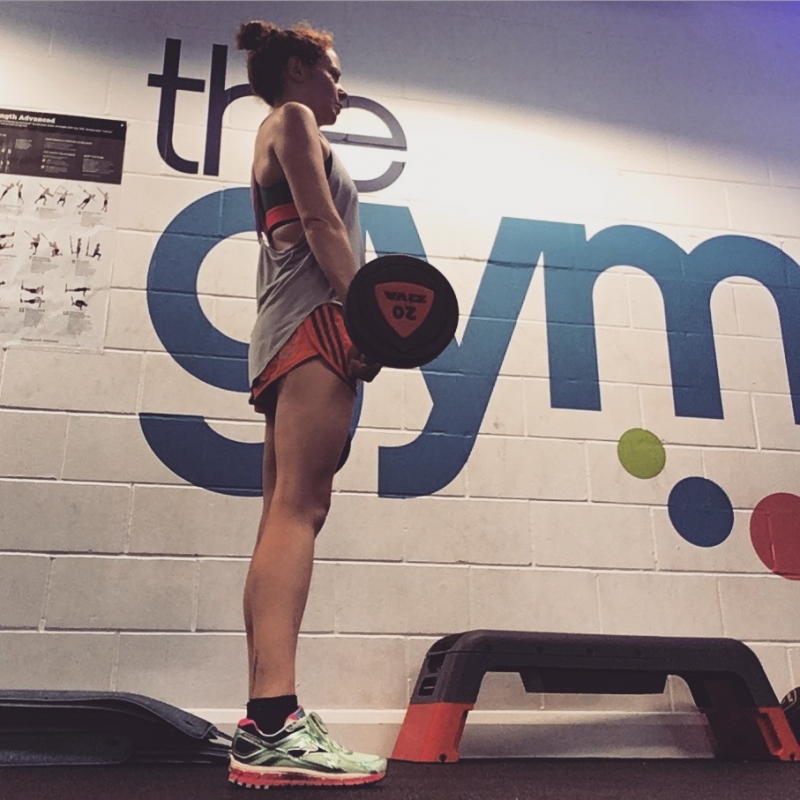
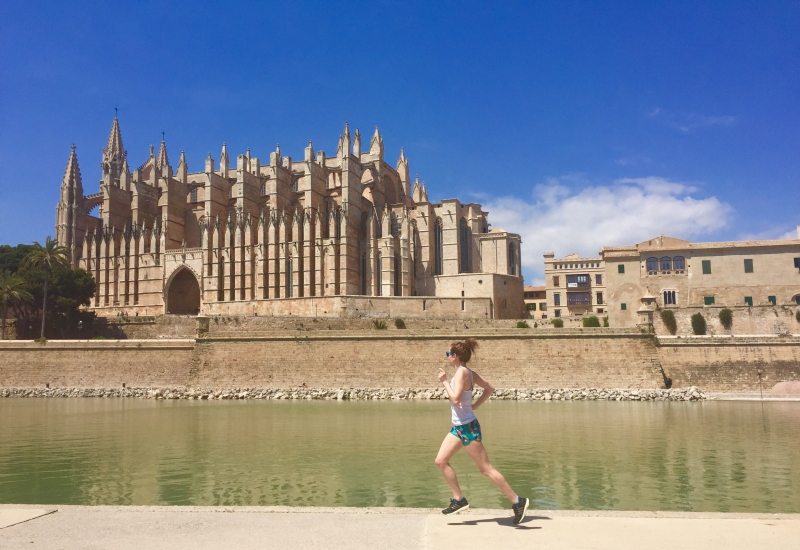
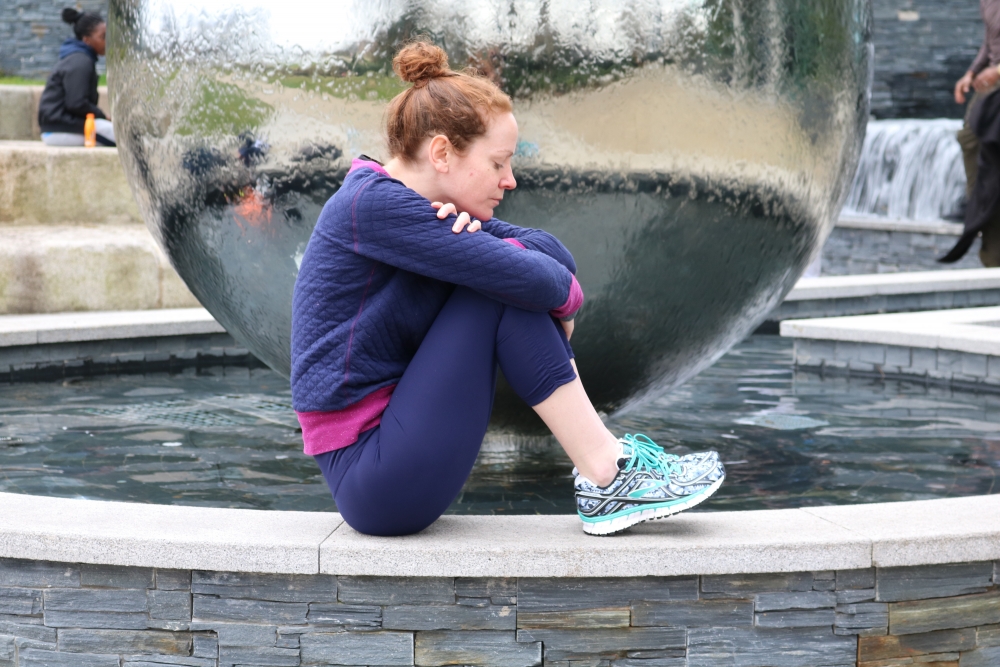
Totally agree with you Laura – I am constantly flying the flag for slower running to produce faster racing. Sometimes my slow run pace is even slower than 1-2 miles slower than marathon pace… Cheers, Sam
My Strava is full of very slow runs! I’m spending much of my running time at the moment supporting our newbies. It’s been a good way to maintain some kind of fitness while being a bit under the weather (and earlier, while recovering from injury).
Time to get back into half marathon training though, so I’m adding some threshold and hill sessions in from this weekend.
I’ve really tried to use heart rate and relative perceived effort (RPE) to slow me down instead of using splits (or paces). Partly because both of these are more personal to me and partly because right now my goal (marathon) pace is fluctuating as training progresses so I can’t take a +/- % rule of thumb. So, last weekend I just headed out along the Thames for an out-and-back 90-minute run anchored to Zone 2 on my heart rate [data] https://www.strava.com/activities/503704681 ]. It was really hard to run slow enough to keep the HR from tipping into Zone 3. It felt akin to the stress you feel sticking to 50mph in average speed camera zones. I also think I’m using the wrong techniques to hold back and this makes the run more uncomfortable – using the quads to brake a bit more, feeling like I’m running heavily, bouncing and generally feeling every twinge that little bit more. What I think I need to do is run lighter and looser, look for slower parts of the trail (up into the grass, along the margins, skirting puddles) but right now I have to say that perversely I found my Sunday easy long run far from effortless.
Great article – definitely something I had struggled with. As well as all the benefits you mention from running slower it also means when you do your planned harder training you are much fresher for it.
Perfect timing for me to read this post. I just did a nice 18km run with 8:35 pace and thought maybe it’s a bit too slow but I enjoyed it and then I read your post and now I think I could have probably run even slower 😀
And Strava – I don’t get it. I use it but just to have the runs display on my blog, never to compare speed or run specific routes just to beat someone else’s segment record. Training runs are just training runs, when I’m racing, that’s when I’m competitive!
I think this is a great point that I only realized very late in my half marathon training for Brighton this past weekend. The Strava problem is so real and I really wish I had ran slower on my long runs, still super happy with my result but i’ll definitely be bringing some of this info forwards into my next race prep, thanks!
I also did a post race write up because I really enjoyed it and don’t want to foget the details, if you have a moment I think you’d enjoy the read 🙂
https://homeinsideourselves.wordpress.com/
I run slow three times a week then hit a tempo or interval session in between. When I step on the gas vrooom! Under 7 min miles baby!!!
Good article. I generally aim to run most training mikes at 1.30 to 2.00 mins per mile off my 5k/10k pace. As my PBs have increased (and they have) so has my training pace.
The paragraph explaining the outer limits on burning fat vs glycogen is one of the better explanations I’ve read.
Totally agree with this article. After reading something regarding the way competitive runners run 70-80% of their weekly mileage at 70% heart rate I have adapted this strategy more with my own training. Now despite friends giving me puzzled looks I have stuck to this method & Sunday ran 3 mins below my previous Pb at the Cambridge half. Bearing in mind I wasn’t following a particular training schedule & didn’t do that many threshold runs as I play football I was pleasantly surprised with the outcome.
I’m all for running large parts of training at a slower pace, a great article that supports my own theory well.
My long easy paced runs are 9::15-10:00 minute mile pace. My long run can be between 10-15 miles. I do parkrun most weeks which counts as a tempo run and one 5-6 mile run with 20 minutes at tempo pace or 8x1or 2 minutes hard depending on how I feel. I have a recent 10000m pb of 46:51:8 and this month I ran 38:00 pb for 5 miles. I run 6 days a week. Every thing else is easy running. At 64 I need to preserve the old bones.
Thanks for this article. I appreciated the science behind the theory also. It kind of gives you permission to let go of all your running should and musts, and just enjoy it for enjoying it. Thanks again, very inspiring
Cheryl
I really needed this article today, thankyou! My brain is the only thing stopping my confidence for a half marathon (my first) in five weeks time, but your article has given me a bit of motivation to get out and do a very slow 10 mile practise tomorrow! Great article
The part about the fat burning vs glycogen burning was so interesting! I had no idea that’s how it worked.
What a great article! For several years I’ve done all my easy runs based on a heart rate limit, following the advice given in this book (http://www.amazon.co.uk/Heart-Monitor-Training-Compleat-Idiot/dp/1891369849). The book has an american focus and is a little hard to read in places but it did provide me with a way to determine my personal effort guidelines. I set an absolute maximum HR of 140 for easy runs, with most being run at around 130BPM or less. Over time I’ve noticed a massive improvement in pace vs HR. When I first started using this method I could just about manage 8:00 / mile on the flat without breaking 140. The other night I tried to hold to 140 for my entire run and managed to do the first two miles at just under 7:00 / mile – that’s just 20s under marathon goal pace 🙂
I know I should try and do this but find it difficult to stick to a particular pace – sometimes running slower doesn’t feel comfortable! Will try again on my run tomorrow.
This is a really helpful post because you read and hear so often about how your long run (and some other runs) should be run at a pace slower than your goal pace but the specifics and the actual differential are often missing which tends to leave you a bit in the dark… or in a big grey area! Thanks for your honesty, which is a lot more informative and helpful 🙂
How do you figure out how slow you should run?
[…] comes to running and training. People who can write much better than me have explain the thinking (Lazy Girl Running, IronHolgs, Matt Fitzgerald, amongst lots of others). I first found out about it when reading, and […]